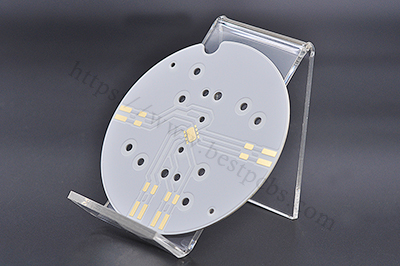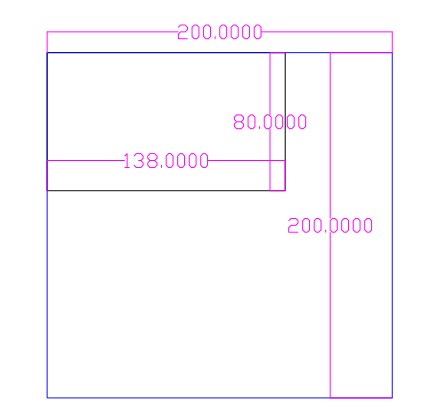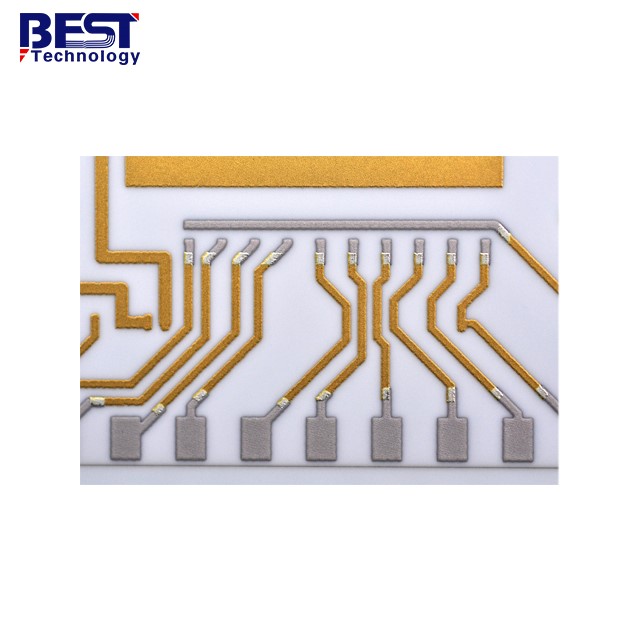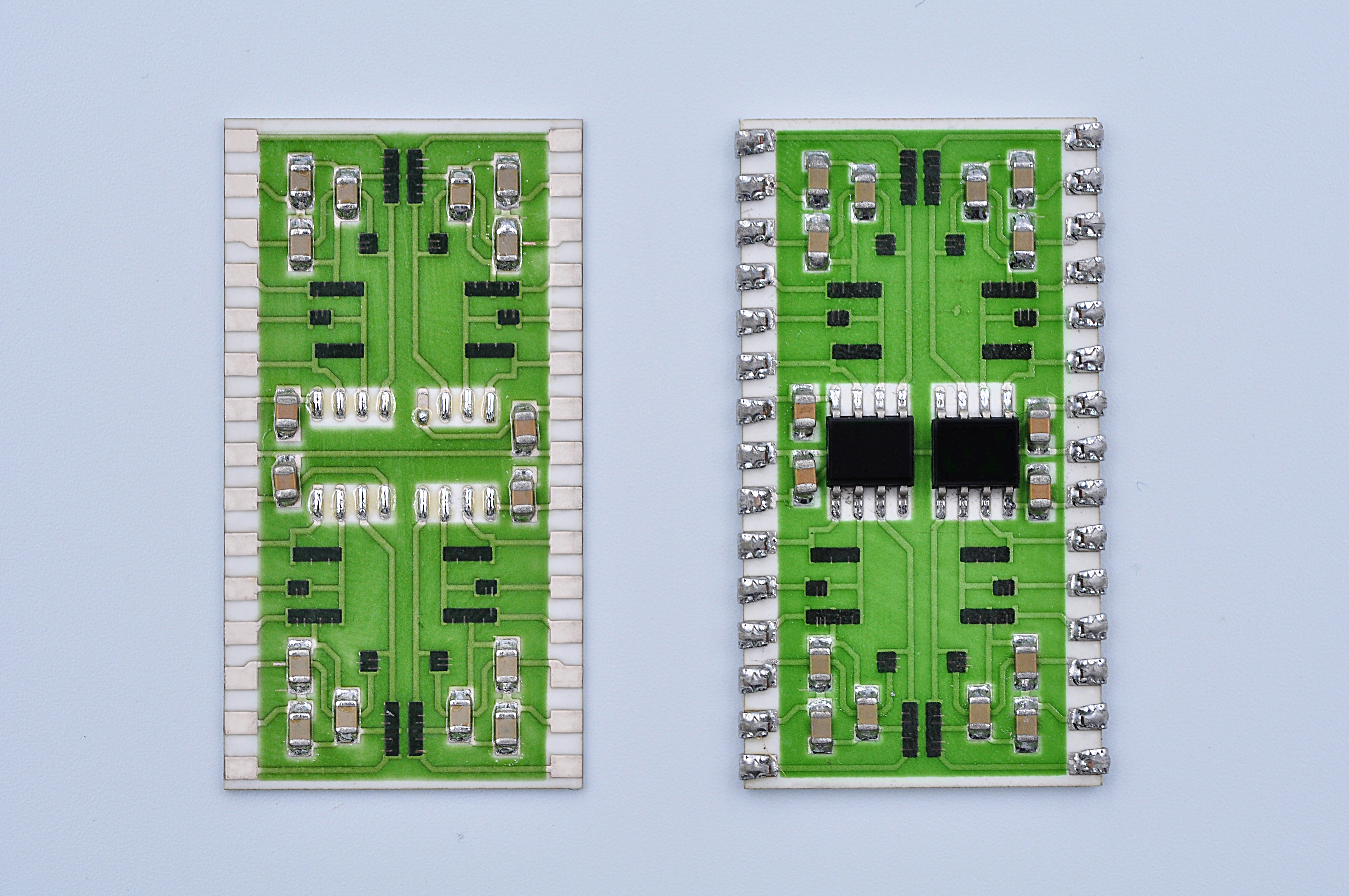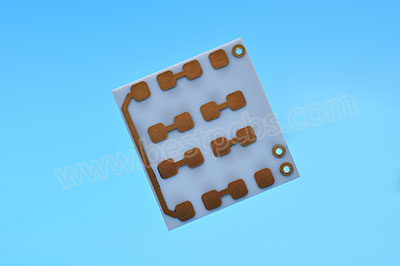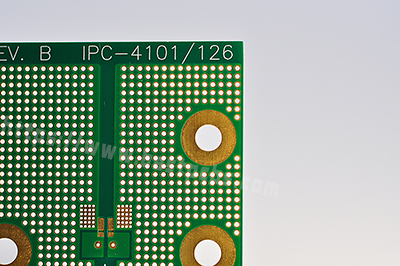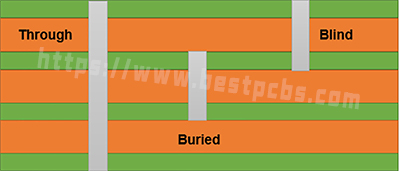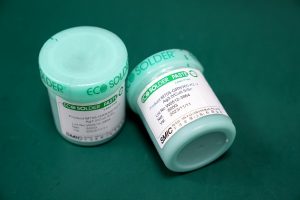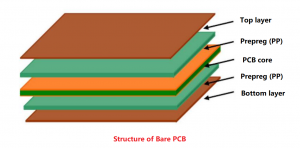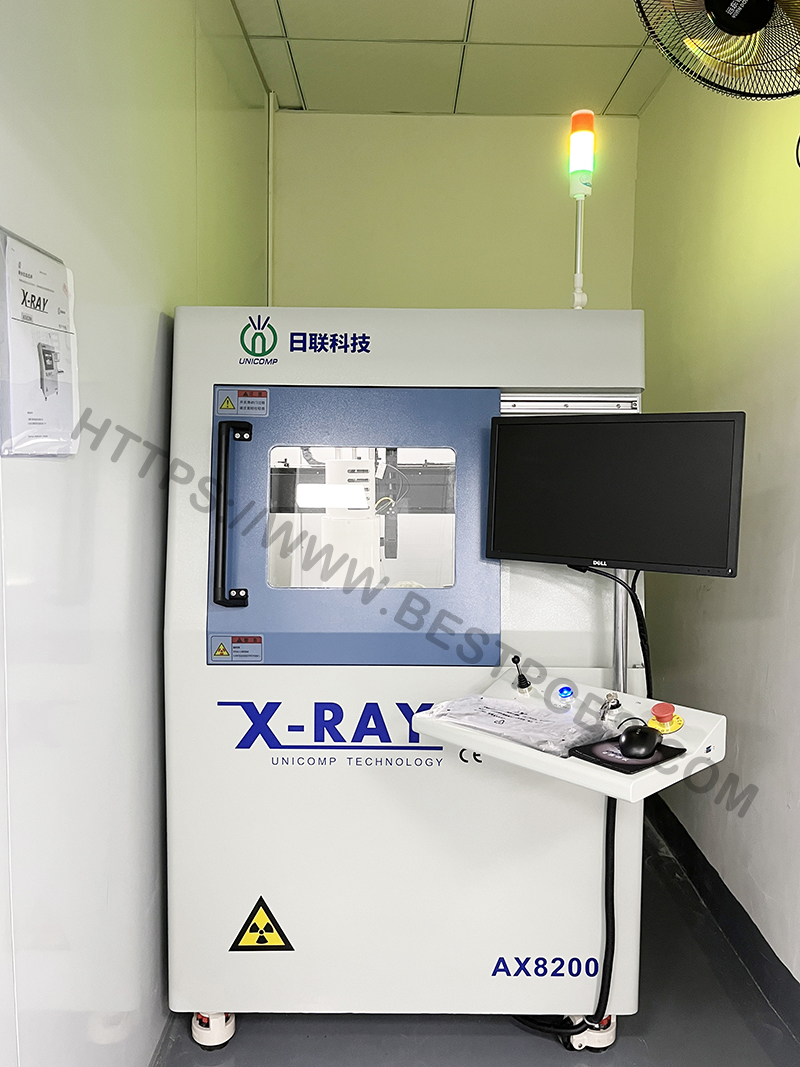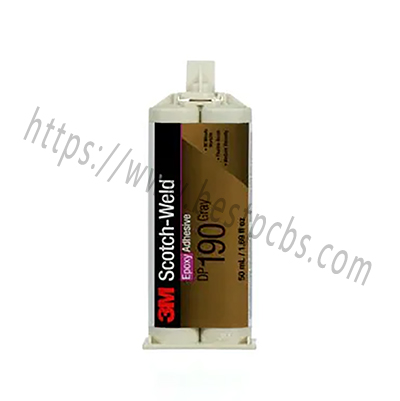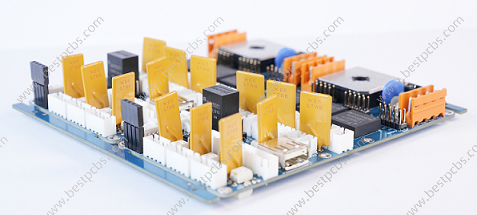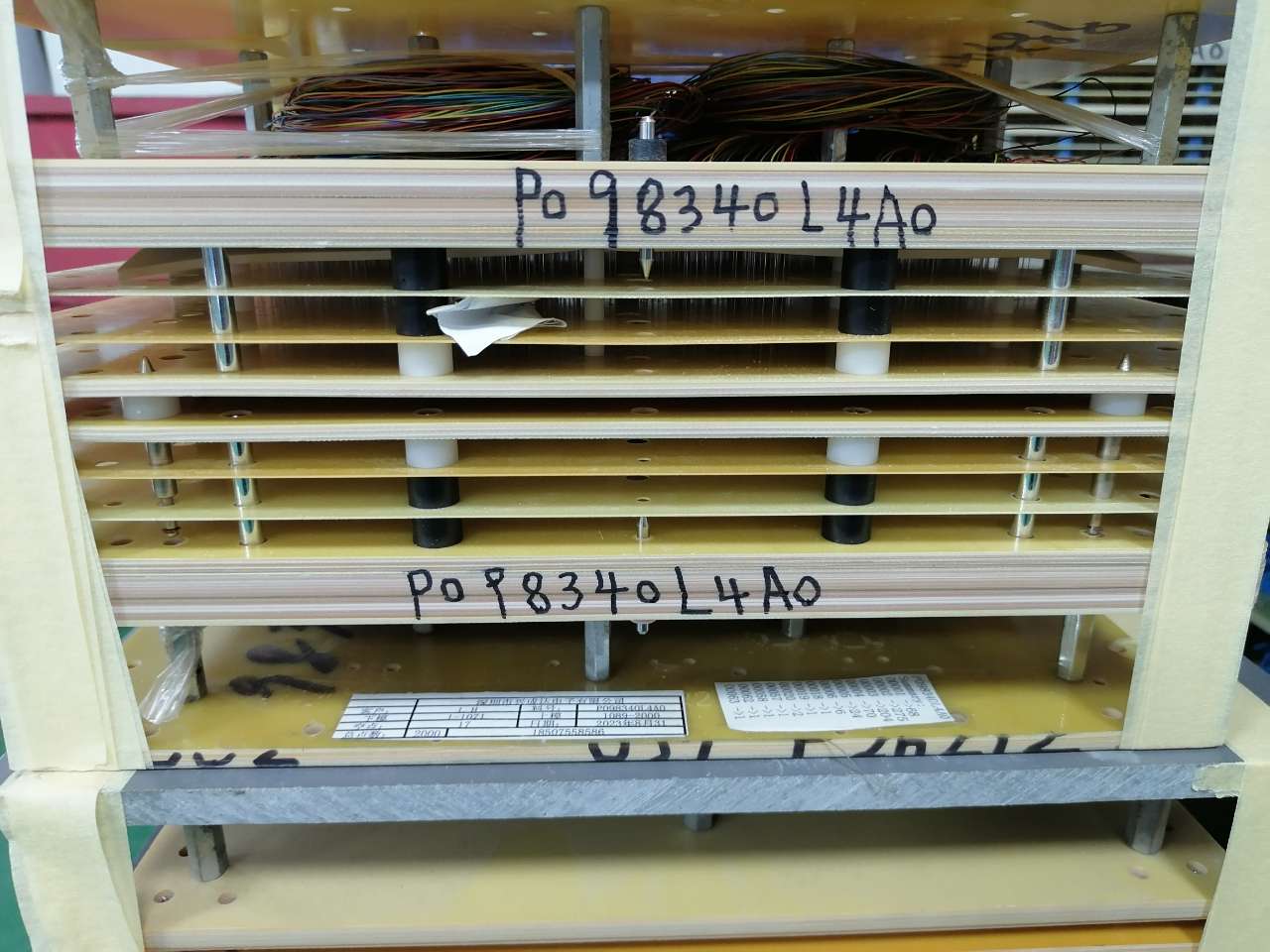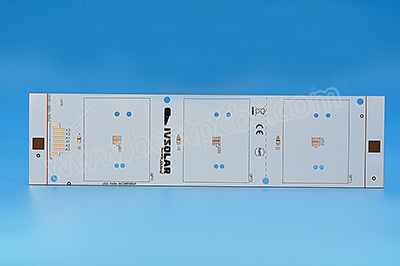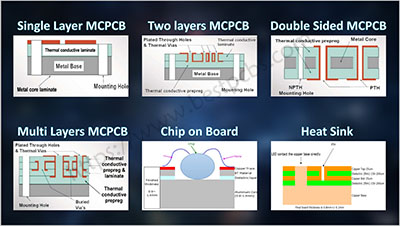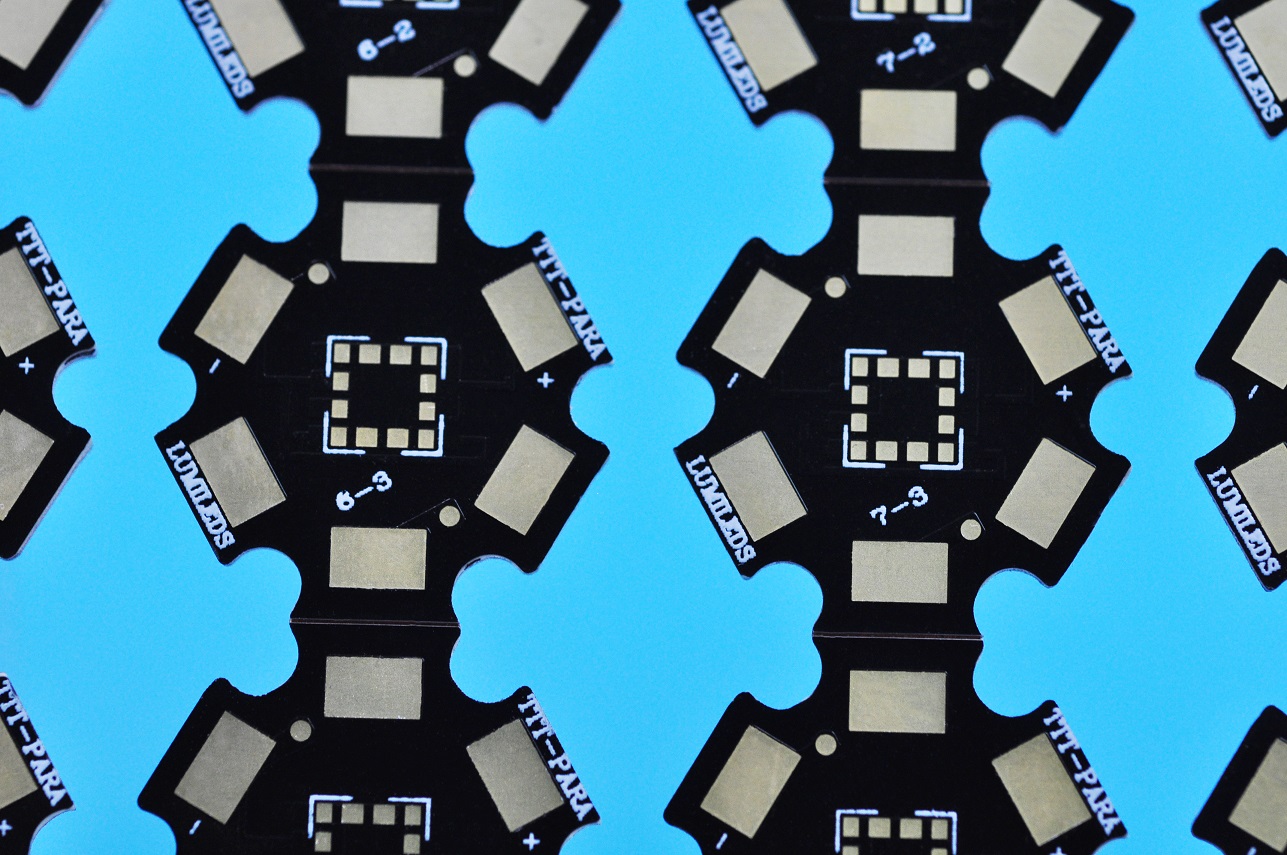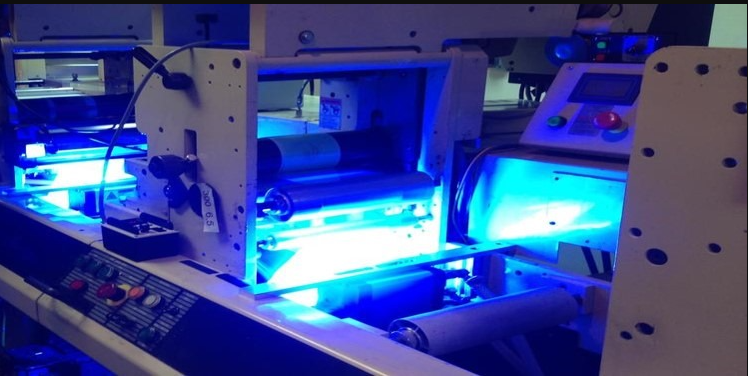The Introduction of AlN Ceramic
With hexagonal wurtzite structure and no other homomorphic isomers, AlN, aluminum nitride, is a structurally stable covalent bond compound, whose crystal structure is AlN4 tetrahedron formed by the dismutation of aluminum atom and adjacent nitrogen atom. And its space group is P63mc, belonging to hexagonal system.
The Features of AlN Ceramic
- High thermal conductivity, which is 5 to 10 times than that of aluminum oxide ceramic.
- Coefficient of thermal expansion (4.3*10-6/℃) matches the semiconductor silicon material (3.5-4.0*10-6/℃).
- Great mechanical properties.
- Excellent electrical performance, with high insulation resistance and low dielectric loss.
- Multi-layer wiring can be carried out to achieve high density and miniaturization of packaging.
- Non-toxic, conducive to environmental protection.
Factors Impacting on the Thermal Conductivity of AlN Ceramic
At 300K, the theoretical thermal conductivity of AlN single crystal material is as high as 319 W/(m·K). But in the actual production process, its thermal conductivity will still be affected, which is often lower than the theoretical value due to the influence of various factors such as the purity and internal defects (dislocations, pores, impurities, lattice distortion) of material, grain orientation and sintering process.
Effect of Microstructure on Thermal Conductivity
The heat conduction mechanism of single crystal AlN is phonon heat transfer, hence the thermal conductivity of AlN may be mainly influenced by the scattering control of grain boundary, interface, second phase, defect, electron and phonon itself. In accordance with the solid lattice vibration theory, the relation between phonon scattering and thermal conductivity “λ” is as follows: λ= L / 3CV.
In the formula, C is the heat capacity; V represents the average velocity of phonons; and L stands for the mean free path. And it can be seen from the equation that the thermal conductivity (λ) of AlN has direct ratio with the mean free path (L), for which the larger “L” is, the higher the thermal conductivity is. From the perspective of microstructure, the scattering can be caused by the interaction between phonons and phonons, phonons and impurities, and phonons and grain boundary. It will affect the mean free path of phonons, and thus impact on the thermal conductivity.
It can be learnt from above that the microstructure of AlN has a great influence on its thermal conductivity. Therefore, it is necessary to make AlN crystals with fewer defects and impurities in order to obtain AlN ceramics with high thermal conductivity.
Effect of Oxygen Impurities Content on Thermal Conductivity
There are studies show that AlN has a strong affinity with oxygen so that it is easy to be oxidized, leading to the formation of aluminum oxide film on its surface. Owing to the dissolution of oxygen atoms in Al2O3, the nitrogen in AlN is replaced, resulting in aluminum void and oxygen defect. In this way, it will bring about the increase phonon scattering and decrease of mean free path hence the thermal conductivity will be reduced.
| Oxygen Content in AlN (wt%) | Thermal Conductivity (W/m·K) |
| 0.31 | 130 |
| 0.24 | 146 |
| 0.19 | 165 |
| 0.13 | 171 |
| 0.12 | 185 |
So, it can be concluded that the types of defects in AlN lattice are related to the concentration of oxygen atoms.
- When the oxygen concentration is lower than 0.75%, oxygen atoms evenly distributed in the AlN lattice, replacing the position of nitrogen atoms. And then the aluminum void is accompanied by it.
- When the oxygen concentration is not less than 0.75%, the position of Al in aluminum nitride lattice will have a change. Then the aluminum void will disappear, causing octahedral defects.
- When the oxygen concentration is higher, the lattice will produce extension defects such as polytype, inversion domain and oxygen-containing stacking fault. Moreover, based on thermodynamics, it is found that the amount of oxygen in AlN lattice is under the influence of Gibbs free energy (ΔG°). The larger the ΔG° is, the less oxygen is in the lattice, hence there will be a higher thermal conductivity.
Therefore, the thermal conductivity of aluminum nitride is seriously affected by the existence of oxygen impurities, which is a key point resulting in the decrease of thermal conductivity.
Thermal Conductivity can be Enhanced by Suitable Sintering Aids
In order to improve the thermal conductivity of AlN, the required sintering aids need to be added to lower sintering temperature and remove oxygen in lattice.
As matters stand, the addition of multiple composite sintering additives is followed with more interests. And the experiment shows that relatively dense AlN samples with less oxygen impurities and the secondary phase can be obtained by adding the composite sintering aids, Y2O3-Li2O, Y2O3-CaC2, Y2O3-CaF2, Y2O3-Dy2O3, to aluminum nitride.
In a word, selecting appropriate composite sintering additives can help to get lower sintering temperature and effectively purify the grain boundary, so as to obtain AlN with high thermal conductivity.
In case if you have any other questions about ceramic PCB or MCPCB, you are welcome to contact us via email at sales@bestpcbs.com. We are fully equipped to handle your PCB or MCPCB manufacturing requirements.


